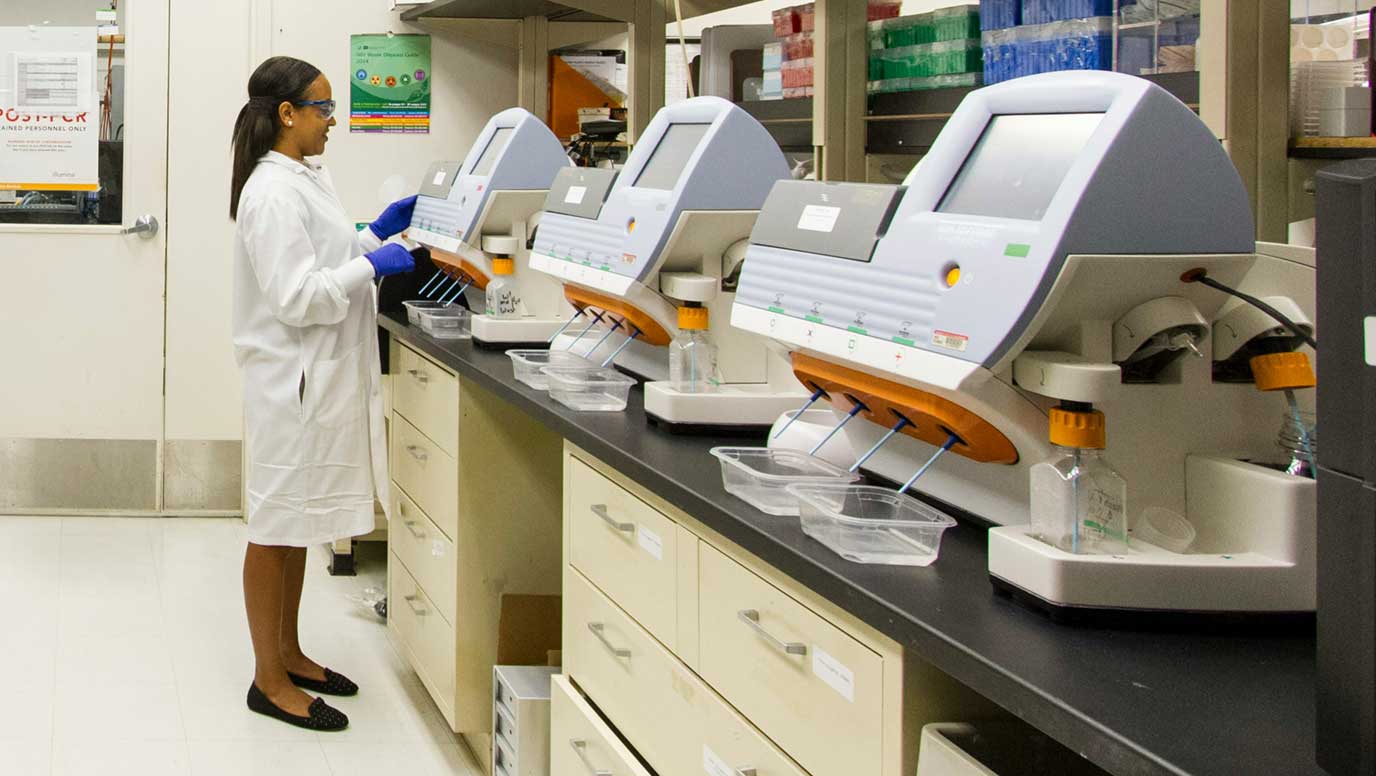Five years on from the pandemic, the UK is cementing its reputation as a post-Covid life sciences hub

This visibility catalysed significant growth, including a surge in venture capital investment and company formations, particularly within the UK's renowned 'Golden Triangle' of London, Oxford, and Cambridge.
Lessons learned
Covid-19 accelerated scientific and technological innovation, leading to long-term benefits for the sector.
The UK invested heavily in therapeutic platforms and mRNA vaccines, notably through a partnership with Moderna to establish domestic mRNA vaccine R&D and production. Post-pandemic, several companies have continued to invest in the UK vaccine sector. Oxford Biomedica and Vaccitech, for example, have both expanded their UK operations.
The crisis also drove unprecedented efficiency gains in drug development. UK stakeholders broke traditional silos and worked collaboratively, with the government taking action to sustain these practices post-pandemic and safely expedite future innovation.
The Medicines and Healthcare products Regulatory Agency (MHRA) is now institutionalising faster pathways to expedite promising drugs, and public-private partnerships have increased, exemplified by government-led healthcare missions adopting a vaccine taskforce-style approach. Plans were recently announced to reduce the time required to set up a clinical trial in the UK from 250 days to 150 days by March 2026.
Furthermore, the pandemic exposed vulnerabilities in global medicine supply chains, prompting the UK to enhance domestic resilience. In 2024, the government launched the Critical Imports and Supply Chains Strategy, strengthening local manufacturing capabilities. UK life sciences manufacturing has also been boosted through initiatives like the Life Sciences Innovative Manufacturing Fund.
Fluctuating post-pandemic growth
The growth trajectory of the UK life sciences sector since the pandemic has seen fluctuations, with exceptional expansion in the years immediately following the pandemic later moderating in line with wider market conditions.
Venture capital investment peaked at £5.48 billion in 2021 before experiencing a correction, although funding levels consistently remained above those seen before the pandemic. In 2024, venture capital funding rebounded to record the second-highest annual total ever.
Similarly, whilst company formation rates have seen sustained growth, the pace has slowed post-pandemic. Nationally, the total count of active life sciences firms rose from just over 10,000 in 2019 to 12,654 in 2024. However, the average annual growth rates post -pandemic fell to 3% from 7% pre-pandemic.
Employment patterns also reflect these dynamics: UK Pharma hiring surged in 2021, stabilised in 2022, and then contracted in 2024, indicative of industry-wide restructuring and post-Covid adjustments. Still, broader scientific research and development employment continued a steady growth trajectory, with 25,000 jobs added between 2019 and 2024. This is expected to be maintained going forward, with employment expected to grow by an additional 71,500 jobs by 2050.
The UK's life sciences real estate market also experienced remarkable growth immediately after the pandemic. Total take-up across the Golden Triangle surged significantly, peaking in 2021 with a 226% increase from pre-pandemic levels in 2019 (from 259,758 sq ft to 848,635 sq ft). High levels of take-up persisted for two subsequent years, remaining above 800,000 sq ft annually.
All three major Golden Triangle markets saw significant gains during this period. Oxford and Cambridge recorded substantial year-on-year increases in 2021 – 46% and 34% respectively. However, London's growth was particularly pronounced, skyrocketing from 40,119 sq ft in 2020 to 345,374 sq ft in 2021. London's strong performance continued into 2022, with total take-up reaching 607,812 sq ft, bolstered by major deals involving companies like MSD and GSK.
The correction in the venture funding landscape in recent years has moderated this growth trajectory. In 2024, overall take-up in the Golden Triangle dropped by 39% compared to 2023, with London experiencing the steepest decline at 80%. Nevertheless, Oxford demonstrated resilience, maintaining an average annual growth rate of 53% from 2019 through 2024, culminating in a peak of 316,667 sq ft in 2024, albeit supported significantly by a number of deals over 50,000 sq ft.
Outlook
Despite recent fluctuations and clear opportunities for improvement, the UK life sciences sector remains fundamentally strong. The pandemic underscored the UK's global leadership position in life sciences, a status bolstered by its disproportionate representation of top-tier academic institutions and R&D excellence – hosting 40% of the world’s top ten universities and delivering 8.5% of leading global research citations.
The Labour government's prioritisation of life sciences in its industrial strategy has already attracted significant investment from major entities like Eli Lilly and The Ellison Institute of Technology, alongside increasing institutional interest. Initiatives such as the pioneering UK Biobank and planned £600 million health data research service are further solidifying the country's global scientific standing.
Spinouts from the UK’s leading universities continue to grow year on year, and it’s encouraging to see the government seemingly listening and responding to industry concerns around VPAG.
Headwinds continue to threaten the sector’s growth, including the potential for further tariff hikes by the US on the UK’s pharmaceutical exports. However, with renewed governmental support and a strong educational and research ecosystem, the UK is poised to maintain its position as a leading European hub for research and innovation in the global life science landscape, cementing gains made during and immediately following the Covid-19 pandemic.
About the author:
Jennifer Townsend is a Partner at leading global property adviser Knight Frank. She is the author of the firm's quarterly Life Sciences and Innovation Insight Report which tracks sector performance, events shaping the sector, leasing, development and investment activity. She also evaluates occupier demand across core life sciences clusters. This involves identifying emergent sub-sectors, proactively finding the most relevant occupiers for schemes and developing an in-depth understanding of occupiers' needs. Jennifer is also responsible for thematic research focused on getting ahead of the macro and occupier trends shaping the sector and its real estate requirements.


